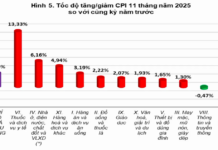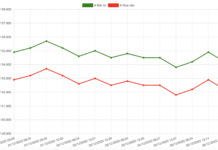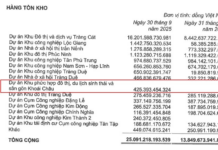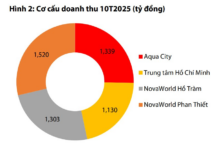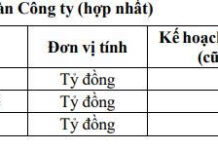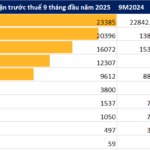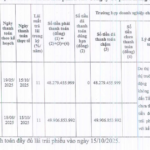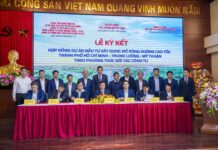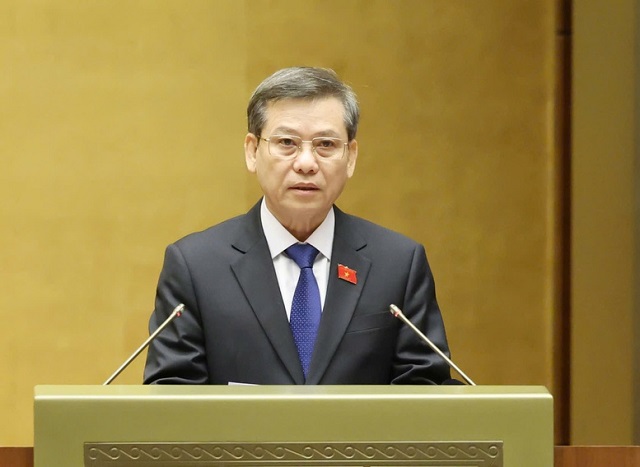
Chief Justice of the Supreme People’s Court Le Minh Tri presented the draft amended Bankruptcy Law – Photo: VGP/Nhat Bac
|
Continuing the agenda of the 10th session, on the morning of October 23, the National Assembly heard a report on the draft amended Bankruptcy Law.
Focusing on Unblocking Key Obstacles
Presenting the draft law, Chief Justice of the Supreme People’s Court Le Minh Tri stated that the amended Bankruptcy Law aims to revise and supplement regulations that have proven problematic in practice. It seeks to remove bottlenecks in bankruptcy proceedings, creating a favorable legal framework for businesses and cooperatives to resume production and operations. The law also ensures timely declaration of bankruptcy and liquidation for entities beyond recovery, thereby freeing up resources, supporting production, and fostering a healthy business environment. This contributes to improving the investment climate and enhancing national competitiveness, while protecting the legitimate rights and interests of all parties involved, in line with international practices and Vietnam’s conditions. It is a step toward advancing the nation into a “new era of development and prosperity.”
Key provisions include: Establishing and refining procedures for business recovery. Introducing streamlined recovery and bankruptcy procedures for businesses and cooperatives. Implementing electronic transactions in recovery and bankruptcy cases. Clarifying the roles and responsibilities of administrators, businesses, asset managers, liquidators, and participants in recovery and bankruptcy proceedings. Enhancing the sequence and procedures for bankruptcy cases to address practical challenges and align with international standards.
The draft law is guided by the following principles: Ensuring the Party’s comprehensive and direct leadership in legislative development. Institutionalizing the Party’s policies and guidelines from resolutions and documents on economic development and judicial reform. Streamlining organizational structures and legislative processes.
Ensuring constitutionality, legality, and coherence within the legal system. Aligning with relevant international treaties to which Vietnam is a signatory. Drawing selectively from international best practices suited to Vietnam’s context.
Retaining effective provisions while revising outdated ones. Addressing practical challenges and safeguarding the rights of participants in recovery and bankruptcy proceedings. Ensuring the feasibility of the amended Bankruptcy Law in the current socio-economic context.
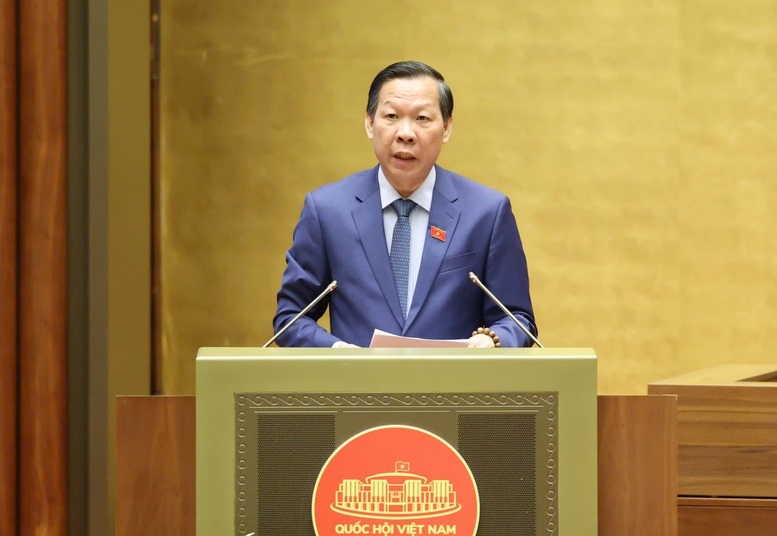 Chairman of the Economic and Finance Committee Phan Van Mai presented the verification report – Photo: VGP/Nhat Bac
|
Ensuring Feasibility in Implementation
In reviewing the draft law, the Economic and Finance Committee (EFC) confirmed that the draft meets the requirements for submission to the National Assembly. However, the Committee urged the Government to ensure close coordination between relevant agencies, the Supreme People’s Court, and the reviewing body. Timely feedback is essential during the revision and finalization of the draft, particularly regarding provisions that delegate detailed regulations to the Government. This ensures the draft’s feasibility and quality before its adoption at the 10th session.
Regarding the scope of the law, most EFC members supported expanding it to include recovery procedures as a distinct phase preceding bankruptcy. However, some argued that separating recovery as an independent process might lead to misuse of state support and prolong bankruptcy proceedings. They suggested integrating recovery as part of the bankruptcy process.
On state policies, the EFC noted that the draft incorporates feedback from the National Assembly Standing Committee and preliminary reviews. It proposes state support in taxes, credit, interest rates, finance, land, and other measures for struggling businesses and cooperatives. The Government will develop specific mechanisms based on available resources to facilitate restructuring or orderly cessation of operations, thereby improving the investment climate and economic health.
Regarding the definition of entities at risk of insolvency, a six-month period was deemed reasonable for businesses to assess their ability to meet debt obligations. This allows them to proactively manage finances before seeking court intervention for recovery or bankruptcy.
Some members suggested aligning the definition of insolvency with the State Bank’s debt classification for consistency. The EFC supported the inclusion of tax authorities and social insurance agencies in initiating bankruptcy proceedings but recommended further consultation with affected agencies to ensure practical implementation.
Finally, the EFC called for a comprehensive review of related laws to ensure systemic coherence and uniformity in bankruptcy legislation.
– 13:45 23/10/2025
Hưng Thịnh Land Settles Nearly VND 140 Billion in Interest Payments for Two Bond Lots
Hưng Thịnh Land has successfully disbursed a total of nearly 140 billion VND in interest payments for the two bond lots H79CH2124018 and H79CH2124019.
Dutch Investment of $430 Million Transforms Vietnam into Southeast Asia’s Leading High-Tech Agricultural Hub
The cornerstone of this investment series is the province’s inaugural state-of-the-art poultry slaughtering and processing facility.








